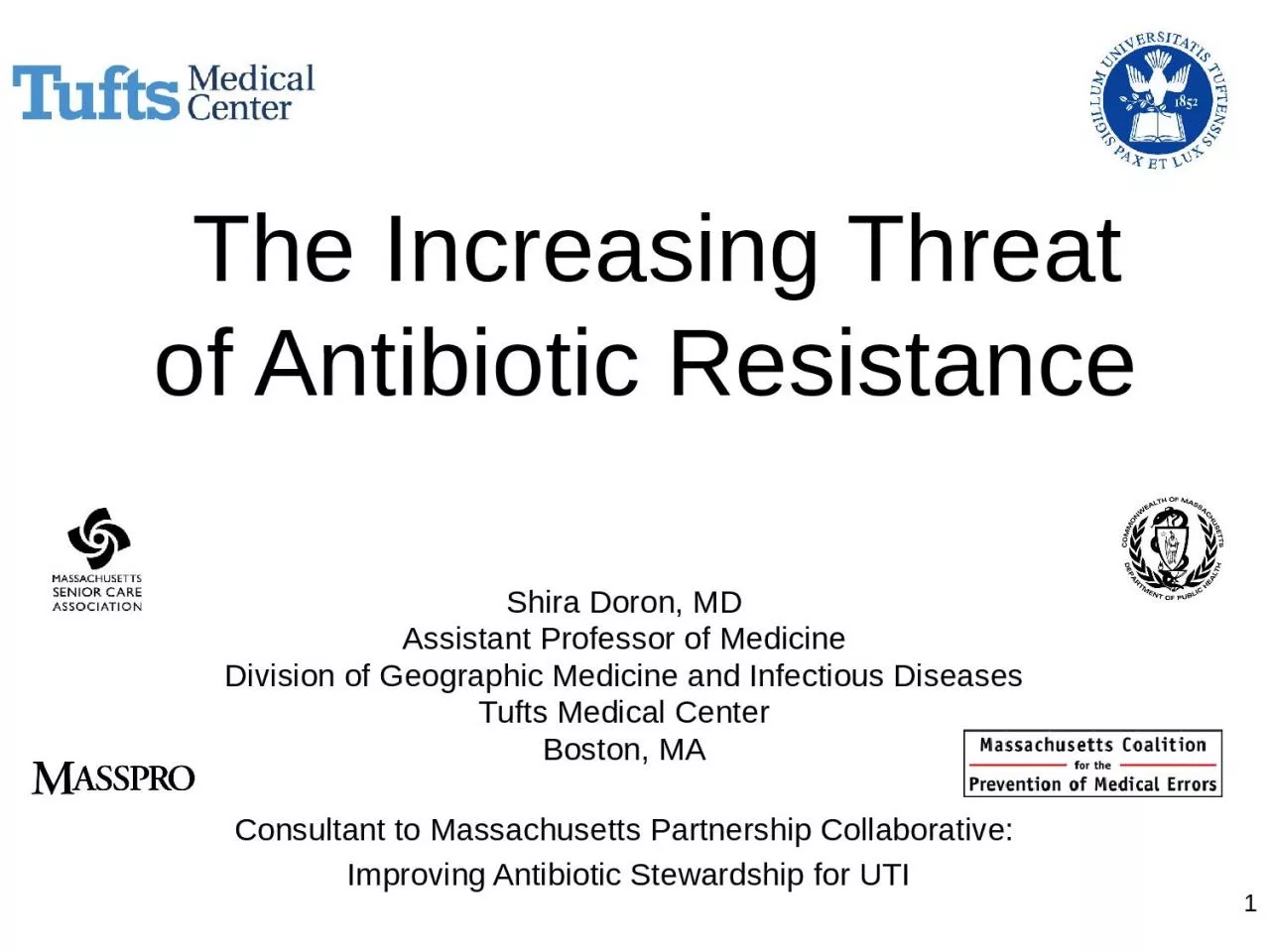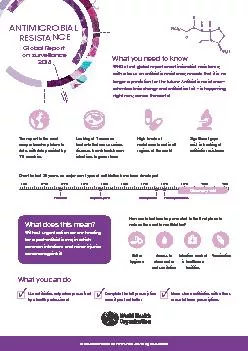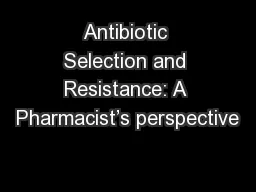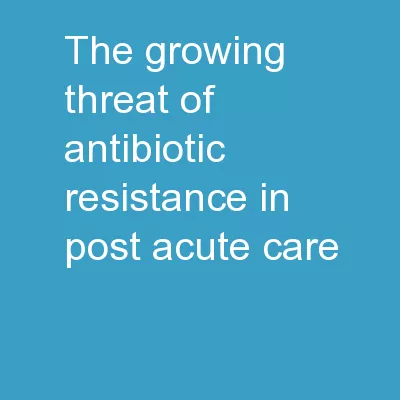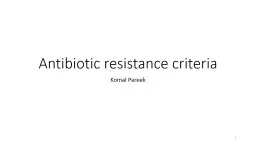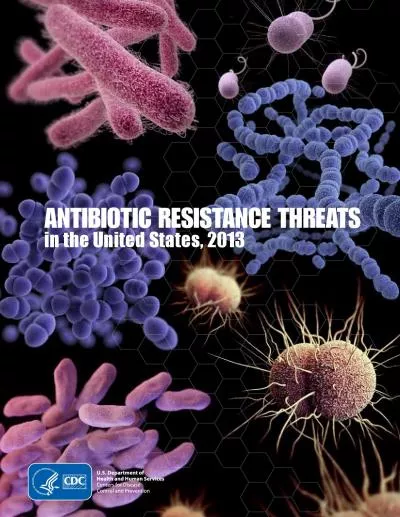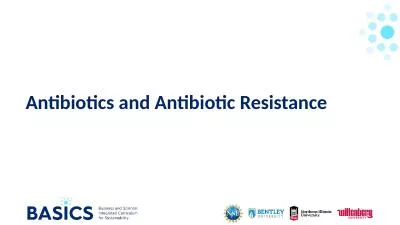PPT-The Increasing Threat of Antibiotic Resistance
Author : NoPainNoGain | Published Date : 2022-08-04
Shira Doron MD Assistant Professor of Medicine Division of Geographic Medicine and Infectious Diseases Tufts Medical Center Boston MA Consultant to Massachusetts
Presentation Embed Code
Download Presentation
Download Presentation The PPT/PDF document "The Increasing Threat of Antibiotic Resi..." is the property of its rightful owner. Permission is granted to download and print the materials on this website for personal, non-commercial use only, and to display it on your personal computer provided you do not modify the materials and that you retain all copyright notices contained in the materials. By downloading content from our website, you accept the terms of this agreement.
The Increasing Threat of Antibiotic Resistance: Transcript
Download Rules Of Document
"The Increasing Threat of Antibiotic Resistance"The content belongs to its owner. You may download and print it for personal use, without modification, and keep all copyright notices. By downloading, you agree to these terms.
Related Documents

